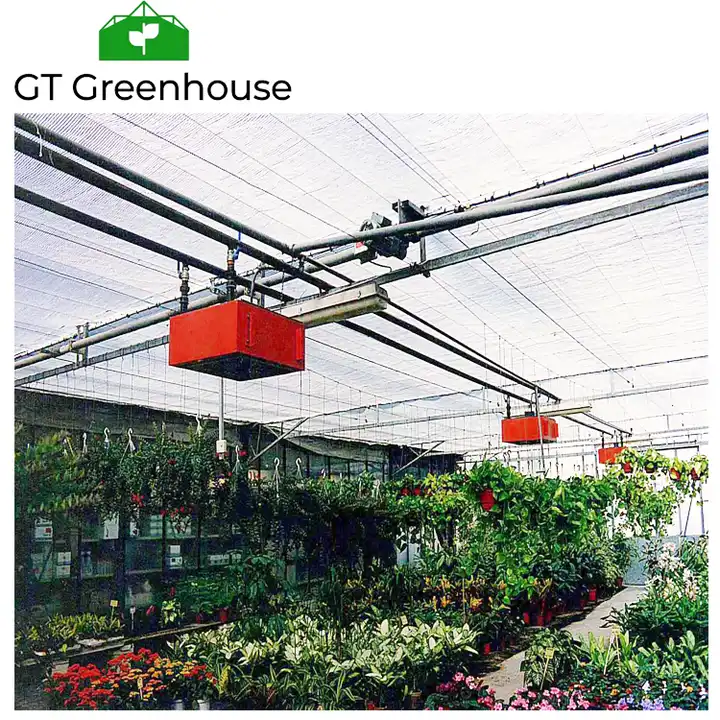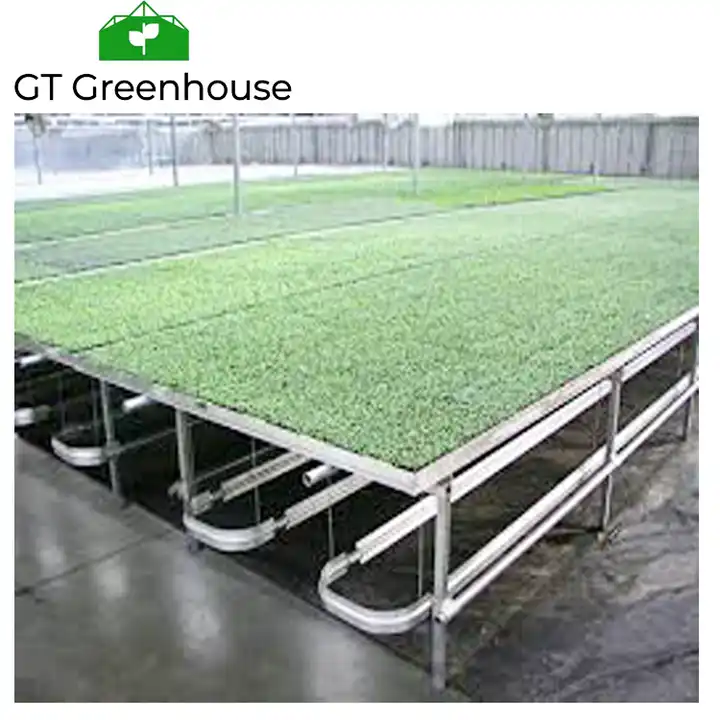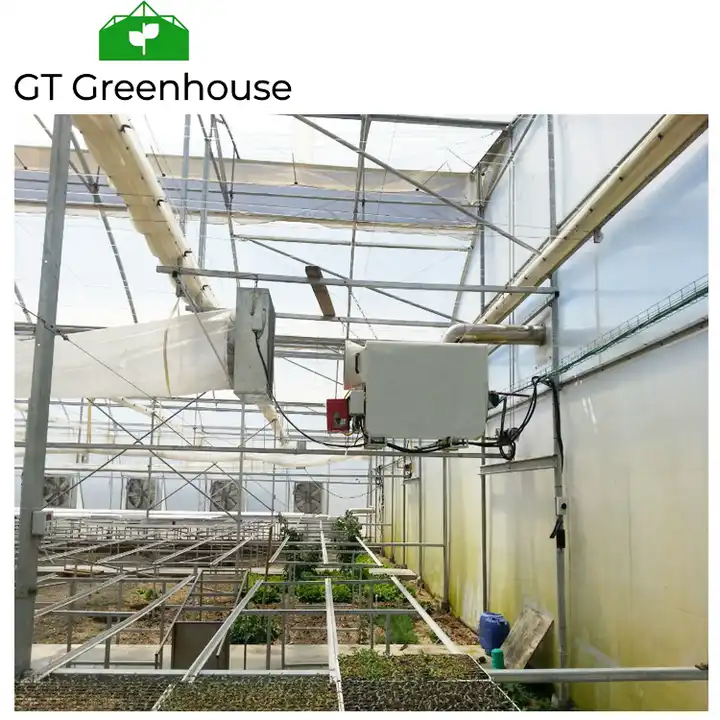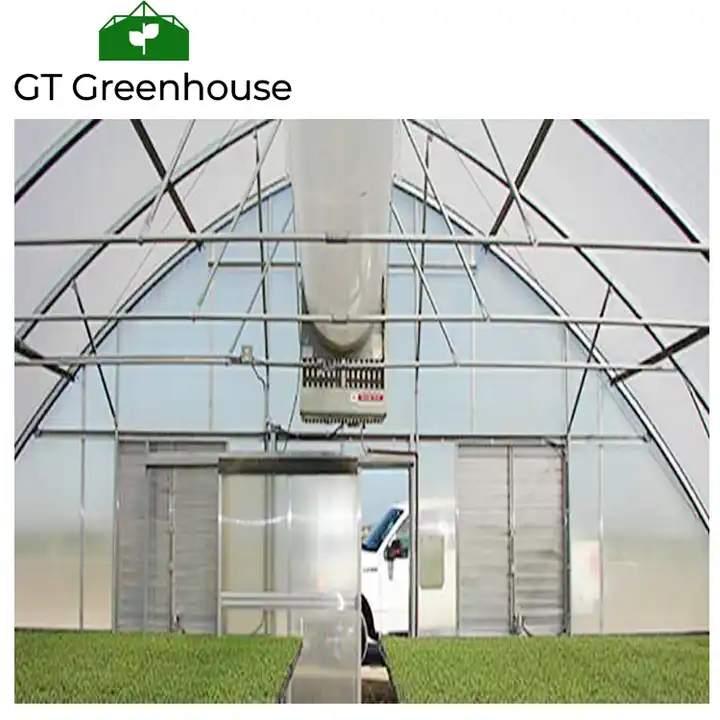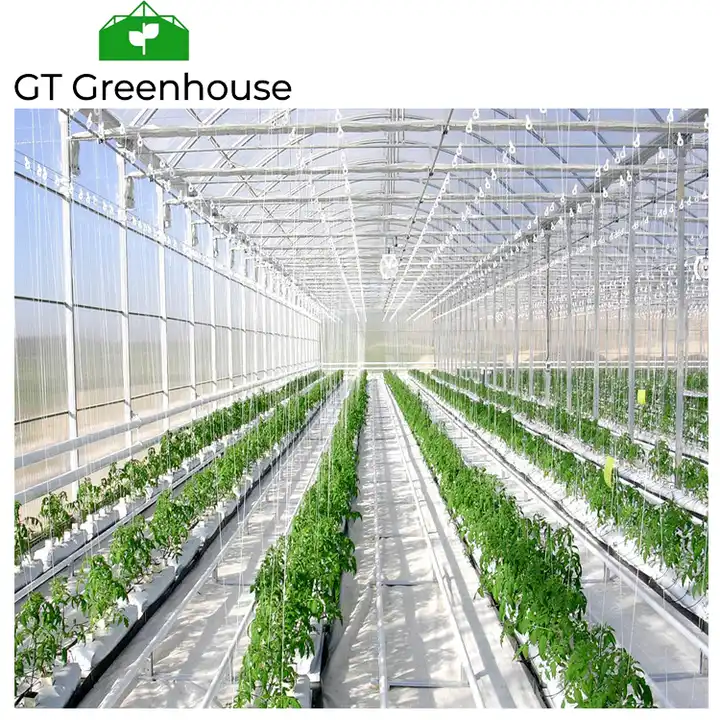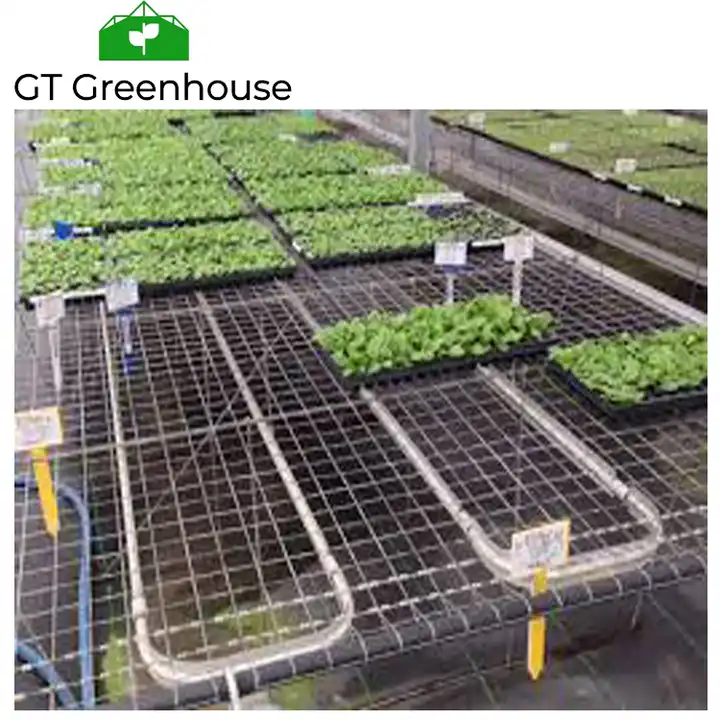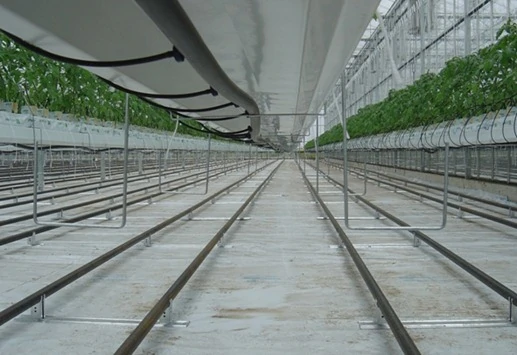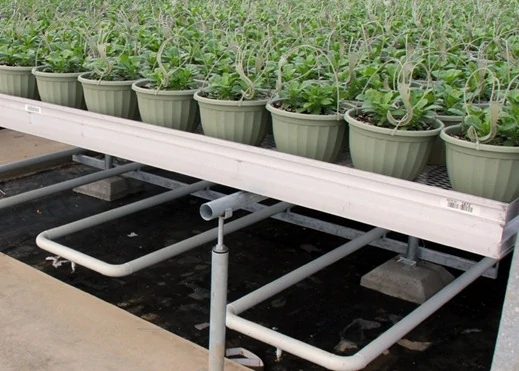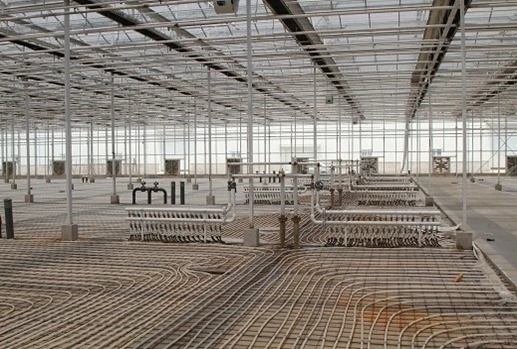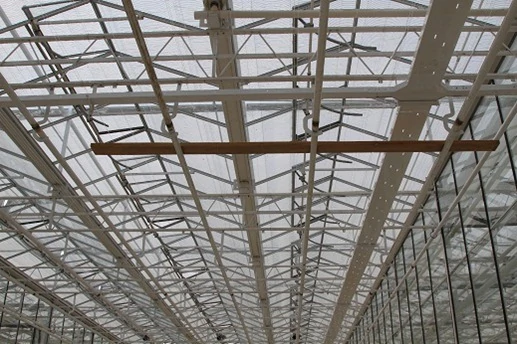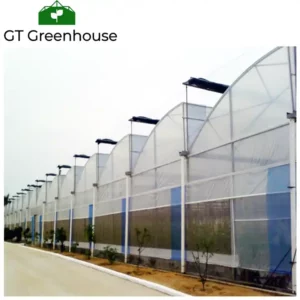Product
Diesel Heater for Greenhouse
Central heating:
· hot water or steam boiler with pipe system
· large investment, large capacity
· less expensive fuels can be used
· breakdown or failure could be critical if no backup
· inefficient if not run near capacity
· bottom heating is more practical
Inquire Now
Product Description
Product Description
Diesel Greenhouse Heater
Heating in Greenhouses is one of the first and oldest horticultural revolutions that took place . At the moment we are in the middle of the closed greenhouse revolution. For heating your produce or flowers in the greenhouse for crops like roses, chrysanthemum, carnation, tomatoes, cucumbers and bell pepper you have a choice, between a central heating system or a localized heating system or no heating at all.
Central heating: hot water or steam boiler with pipe system
· large investment, large capacity
· less expensive fuels can be used
· breakdown or failure could be critical if no backup
· inefficient if not run near capacity
· bottom heating is more practical
Localized heaters often called Forced Air heaters: gas-fired unit heaters or furnaces, possibly with convection tube; infrared heaters
· lower first investment
· versatile
· can be for any area, easily expanded or contracted
· if the unit fails, others can carry the load
· more difficult to efficiently distribute the heat
If we take a closer look at central heating there are two options:
Hot Water A central boiler is used to heat water between about 120 F and 180 F. The water is distributed through pipes in the greenhouse. Pumps and mixing valves are used to uniformly distribute the heat and to control how much heat goes out to the greenhouse. Gives good control of temperature, more gradual changes in temperature, may be slow to respond to sudden drops in temperature. Large volumes of water are used.
Pipe/Rail Heating distribution
Pipe rail heating systems are widely used and important to get the humidity out of the greenhouse. In the morning they turn on the pipe rail system which is mostly called “minimum pipe” temperature, in this way they get the access humidity out so a better climate is achieved. So apart from temperature control this is one of the most important tools in humidity control. In the picture below you so a similar system for chrysanthemums these growers use a special system which is called a hoist heating system because they need to improve the soil by steaming, plowing and adding organic material. In this system the grower is able to lift the system and do the work properly
Under bench Heating distribution
When you grow the pot plants on table you need a heating system very similar to the pipe rail system but in this system it’s located under the table.
In-Floor Heating distribution
In the picture you see the tubes of an in-floor heating system, this system hasn’t been finished yet since concrete needs to be poured on top of it. This photo gives a good overview of how the system works. Sometimes this heating distribution system is called a radiant heating system. This is system is mostly used for pot plants grown directly onto the floor. The floor heats up, this causes air movement which has a positive effect on the humidity around the plant since that can be moved away. Since the system is in the floor it gives a lot of freedom to work it won’t disturb any worker.
Overhead Heating distribution
Overhead heating is very important in areas were they have a cold winter, since it provides additional heating. The systems are very nice compatible with hanging baskets. A disadvantage of this heating system is that is takes a lot of light away from the plants.
Thermostatics Units of heat quantity
· British thermal unit (Btu): amount of heat energy required to raise the temperature of 1 pound of water 1 °F
1 Btu = 252 cal
· Horsepower (hp): another measure of energy; boiler heat output is reported as hp
1 hp = 33,475 Btu
What you Use for heating system
· Gas remains the primary source of energy for greenhouse heating in Australia. Oil, diesel and coal are also used. Natural gas is lower cost and clean burning. It does not require on-farm storage tanks and is typically low maintenance. Unfortunately, natural gas is not available in all areas. Bottled gas (LPG) is similar to natural gas but more expensive. Costs can be volatile and storage tanks are needed.
· Oil and diesel are more expensive than natural gas and because these fuels do not burn as cleanly, more boiler maintenance is needed. On-farm storage is also required.
· Coal is relatively low cost if it is locally available. It is more polluting than other fuel sources. Large storage areas are needed on farm as well as loading equipment. As coal does not burn as cleanly, significant boiler maintenance is needed
Technology
